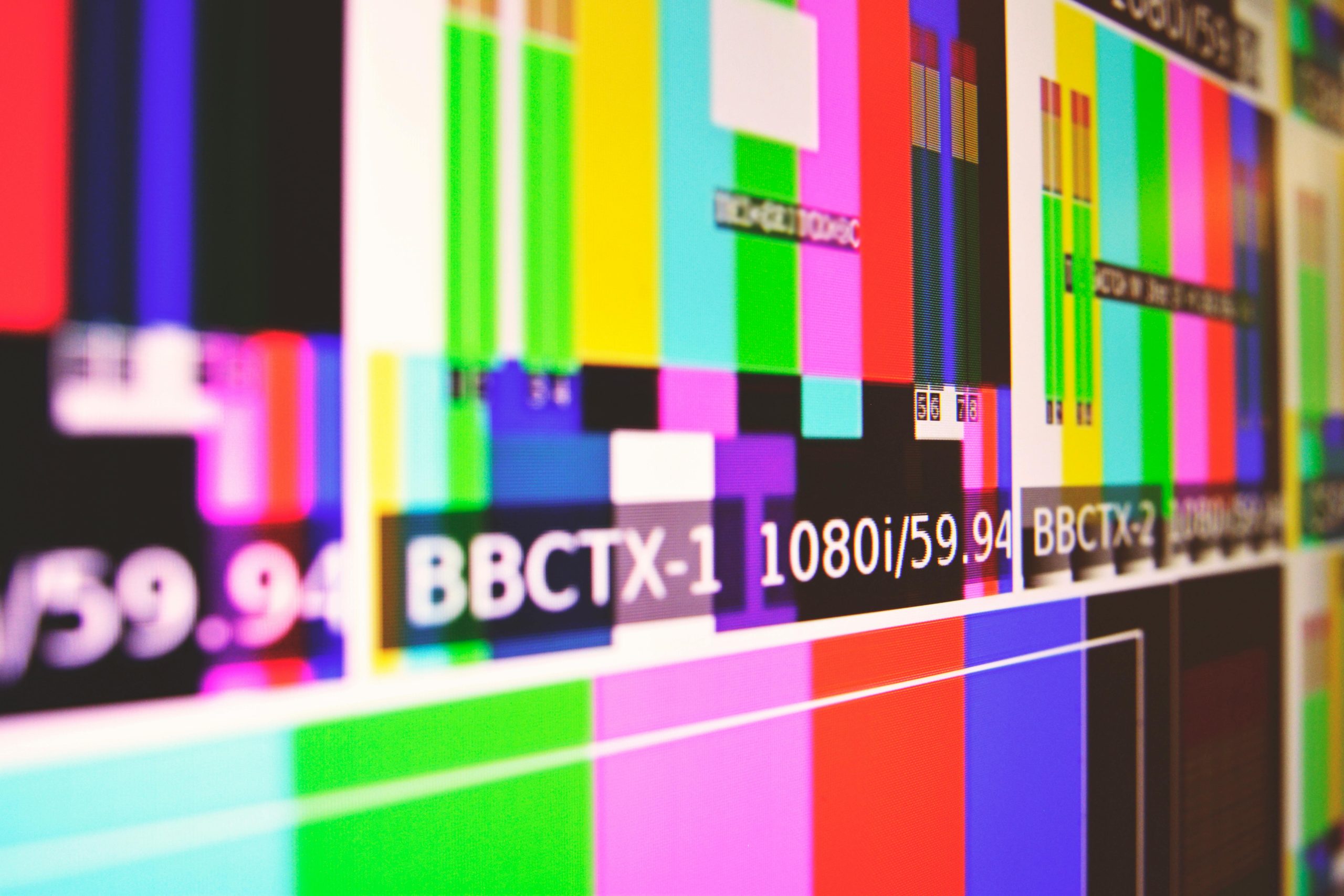Troubleshooting a GPU-Related Display Issue: Hard Crash, No Signal, and Stuttering After Screen Wakeup
Encountering display problems such as crashes, freezes, or signal loss can be quite perplexing, especially when they occur unexpectedly during normal operation. If your PC exhibits symptoms such as a complete system freeze, no signal to monitors, or stuttering on the primary display after waking the screens, the graphics processing unit (GPU) might be the underlying cause. Here’s a comprehensive guide to help you diagnose and possibly resolve such issues.
Scenario Overview
Suppose your system was under heavy CPU load but minimal GPU utilization when the issue occurred. Upon moving your mouse to wake the screens from sleep, the following problems were observed:
- The secondary monitor briefly powered on and then lost signal.
- Attempts to reconnect or troubleshoot via unplugging and replugging display cables yielded no success.
- The main monitor froze completely and remained unresponsive for a couple of minutes.
- After rebooting, the second monitor still showed no signal, even though the system recognized the GPU hardware.
- Performance on the primary display appeared sluggish—akin to running at just 10 FPS.
- Reinstalling GPU drivers and checking system logs yielded no conclusive errors.
Potential Causes and Diagnostic Steps
- GPU Hardware Failure or Instability
Persistent no-signal issues and system freezes can indicate a failing GPU. This could be due to overheating, faulty VRAM, or power delivery problems.
- Driver Issues or Corruption
Even if drivers are reinstalled, corruption or incompatibility might cause instability, especially after wake-up from sleep mode.
- Power Supply Problems
Insufficient or failing power supply units (PSUs) can cause GPUs to underperform or disconnect.
- Display Connection Problems
Cable faults or incompatible ports can sometimes mimic GPU issues.
- System or BIOS Settings
Power management settings, PCIe configurations, or outdated BIOS firmware might contribute to sleep/wake issues.
Recommended Troubleshooting Procedures
1. Hardware Checks
- Inspect Physical Connections: Ensure all display cables are securely connected. Test with different cables and ports if available.
- Test with Alternative Hardware: If possible, try connecting the monitor to a different PC or use a different GPU to determine if the card itself is faulty.
- Monitor GPU Temperatures: Use tools like HWMonitor or MSI Afterburner to confirm if overheating
Share this content:



